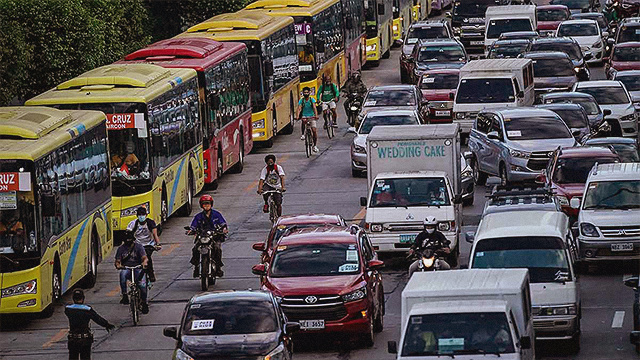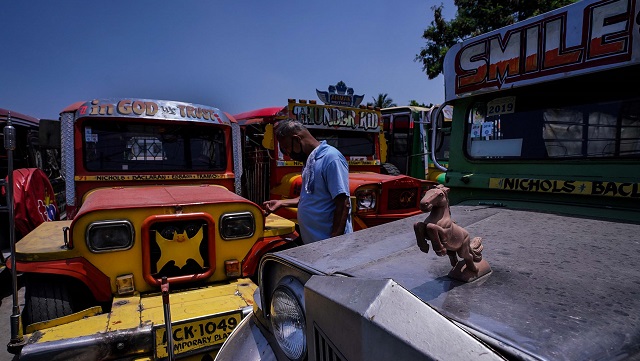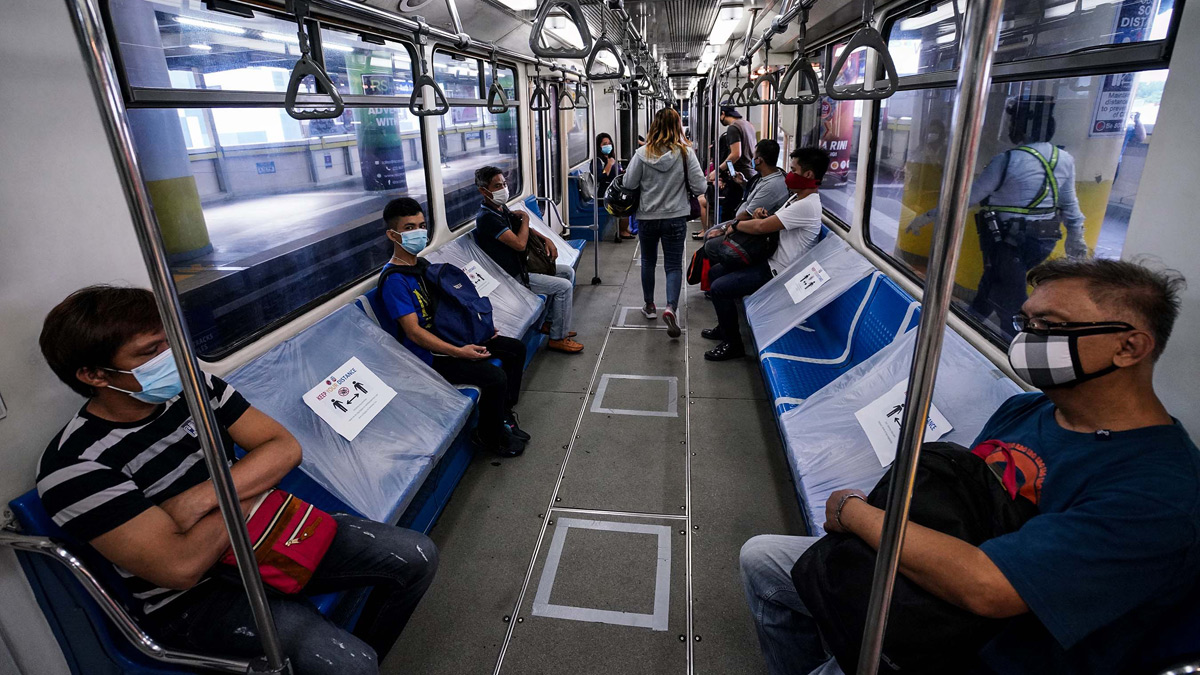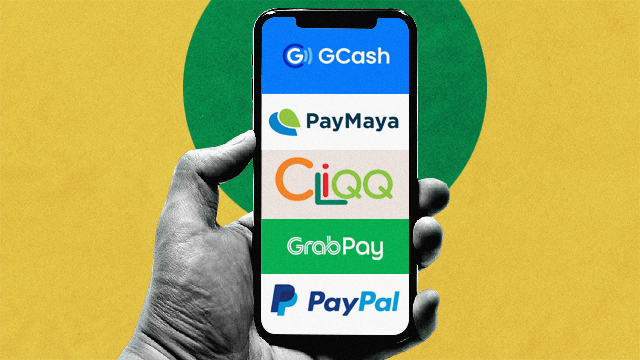
The COVID-19 pandemic changed life as we know it and everyone continues to adapt as restrictions remain fluid. After nearly a year in quarantine, commuters and motorists encountered a flurry of changes: there's now a dedicated bus lane in EDSA, people are scrambling to get RFID stickers for their vehicles, and wearing the face mask-and-shield combo is just as important as leaving the house with shoes on.
With COVID-19 still on the loose and mass vaccinations hopefully happening next year, questions about the future of the country's transportation system remain.
The Future Requires Space

In Metro Manila, home to roughly 12 million people, how do you prevent a virus from spreading?
"The best way [is] to reduce the number of passengers per vehicle," said Dr. Jose Regin Regidor, a civil engineering professor at the University of the Philippines and a fellow of its National Center for Transportation Studies.
During the onset of the pandemic, all modes of mass transportation halted operations. When these resumed, only 30 to 50% of the maximum seating capacity could be accommodated.
Makeshift barriers were put up to curb the spread of the virus, with passengers required to wear face masks and face shields at all times. Still, people had second thoughts about sharing a ride with other passengers as cases climbed daily.
"A lot of people are still apprehensive in using public transport. That has led to a lot of people turning to private vehicles," Regidor said.
The Future Is Faster

Once the symbol of commuter woes, the MRT took the quarantine break to accelerate rehabilitation works. From 30 kilometers per hour pre-pandemic, it can now run up to 60 kilometers per hour. It's the fastest it's been in the last seven years.
There are several train projects in the pipeline, the largest of which is the Mega Manila Subway, with partial operations targeted for 2021 and full operations scheduled for 2025.
Regidor said it remains to be seen how faster speeds would hold up once the vaccine is rolled out and commuting slowly returns to the pre-pandemic normal.
The Future Is Cashless

As a safety precaution against the virus, cashless payments were required for commuters and motorists alike.
The EDSA Busway system initially accepted payment using only beep cards, until passengers protested the additional fees. Cashless toll collections via RFID stickers in all expressways were supposed to be mandatory by December 1, but due to complaints over faulty sensors and tags, they allowed cash payments for the time being.
The goal was to eliminate paper money completely, but Regidor said that decommissioning cash payments can discourage people from shifting to cashless.
"All those options should be made available to everyone, rather than restrict na sabihin na [ito] lang pwede dito," he said. "We have to face it—not everyone can have [RFID stickers and beep cards] and not everyone actually knows how it works."
Regidor likened the desired digital shift to shopping online: gradual, but possible. Buying things on Shopee or Lazada wasn't the norm for Filipinos years back, but with exposure to the wonders of adding to cart, the e-commerce market eventually boomed, even if people still choose to pay via cash-on-delivery.
With the proper incentive, Regidor said people can warm up to these alternatives, with tech-savvy Gen Z is leading the way. Building the penetration rate could start at home, with one member of the household using it, eventually convincing other members to shift to digital.
The Future Challenge: Sustainability
The problems that plagued commuters during the pandemic were not new, Regidor said, and a health crisis only underscored the need for changes in the system.
Introducing new policies and systems demands follow-through: a years-long process that transcends administrations, changes in leadership, and a health crisis. Solutions that popped up during the pandemic covered up gaps for the meantime, but loopholes and issues slowly emerged.
When asked about bus lanes equipped with digital payments, he said it was "Well-meaning, maganda 'yong objective, 'yong gusto nating palabasin, pero 'yong execution no'ng plano ang medyo nagkulang."
Systems should be built with longevity in mind, instead of "Parang sinuperimpose mo na lang basta-basta 'yong system there and kulang ka sa infrastructure," he said.
"You need the leadership to run things and that [leader] doesn't have to be technical, but he or she would have to have a grasp of all these different things you need for the system to work, for the system to be efficient," Regidor said.
[ArticleReco:{"articles":["82587","76776","83695","82597"], "widget":"You'll Also Want to Read These"}]
[ArticleReco:{"articles":["84785","84780","84740","84784"], "widget":"Hot Stories You Might Have Missed"}]
Hey, Spotters! Check us out on Viber to join our Community and subscribe to our Chatbot.
Source: Spot PH
No comments:
Post a Comment